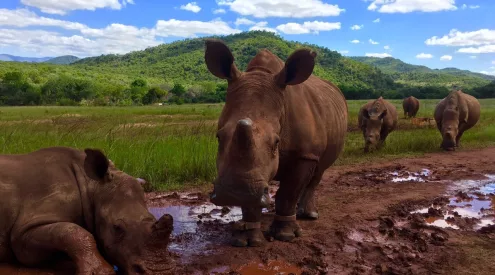India’s tiger population has nearly doubled to 3 167 since the launch of a concerted conservation effort known as Project Tiger 50 years ago.
According to a recent survey, numbers almost doubled to 2 967 between 2006 and 2028 and are now well above 3 000, meaning 70% of the world’s tigers live in India.

Eye-level shot of wild female Bengal tiger or tigress in hot summer season safari at Ranthambore National Park Sawai Madhopur Rajasthan India – Panthera tigris. Photograph: Getty Images
Project Tiger began in 1973 when India’s tigers were fast becoming extinct. This was due to deforestation, infrastructure and other human disturbances such as trophy hunting. Back then, the tiger population was believed to have been about 1 800, a far cry from the 40 000 that lived in India at the time of its independence from Britain in 1947.
How has the government sought to reverse the decline? Its measures include expanding tiger reserves in India to 53 compared with the original nine when the conservation project was first launched.
Why should we save tigers? According to the World Wildlife Fund, these apex predators help maintain the harmony of the planet’s ecosystems. For example, they prey on herbivores, which, in turn, keeps a balance between the prey animals and the forest vegetation they eat. And their habitats overlap nine globally significant watersheds, which supply water to 830 million people. The big cats also have immense cultural value in cosmologies, faiths and folktales.


















